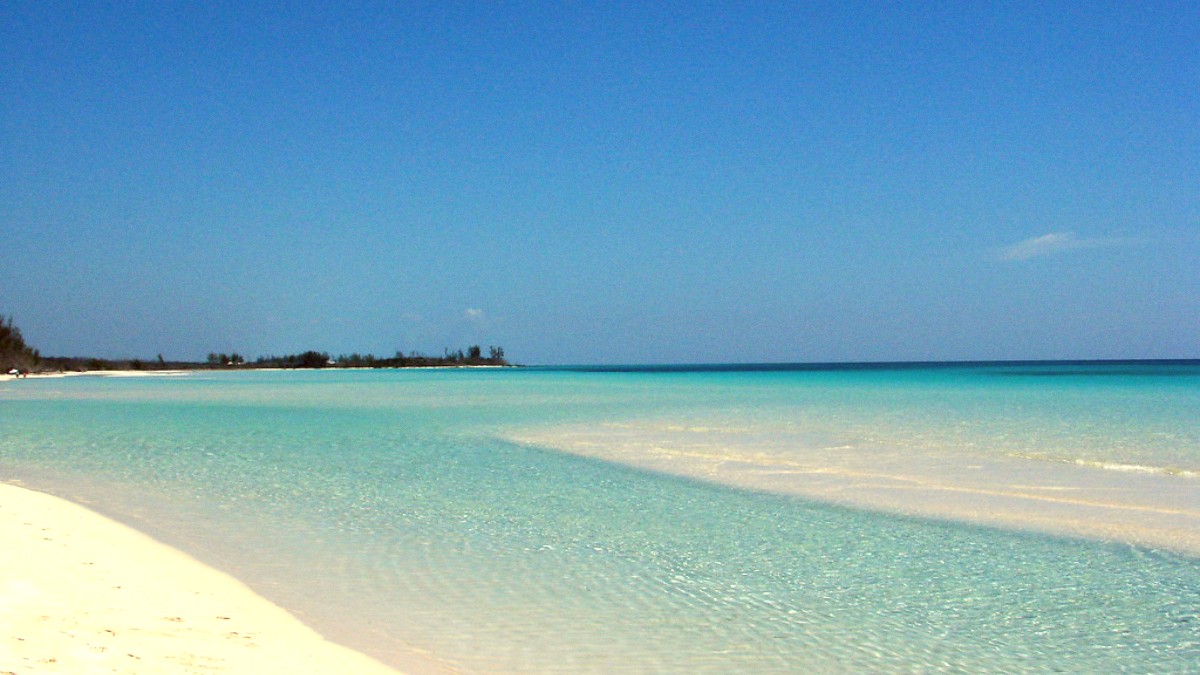
The Bahamas
The island's geography includes varied landscapes. You find extensive pine forests in the interior. Along the coastline, discover numerous beaches, some pristine and undeveloped, others bustling with activity. Mangrove creeks and an intricate underwater cave system also mark the island. The island's position in the Atlantic influences its climate and marine life.
Freeport and Lucaya serve as the main urban centers. Freeport functions as the main city. Lucaya is a major tourism hub. These areas locate in the central-western part of the island. The east and west ends of Grand Bahama offer quieter, more remote experiences.
The island's flat terrain offers expansive, colorful displays of sunrises and sunsets over the ocean. Coastal areas are notably appealing, with soft sands and calm, turquoise waters.
Grand Bahama's history stretches back to the Lucayan people. Christopher Columbus claimed the entire Bahamian archipelago for Spain in 1492. For centuries following, Grand Bahama remained sparsely populated. Its dense pine forests provided timber. It served as a hideout for pirates who preyed on shipping lanes. The island's quiet existence continued for generations.
Significant development arrived in the mid-20th century. The Grand Bahama Port Authority (GBPA) formed in 1955. This marked a turning point. The Hawksbill Creek Agreement, signed that year, granted the GBPA extensive powers to develop and manage the city of Freeport. The goal was to transform the island into a major industrial, commercial, and tourism hub.
A financial sector attracting international business.
Strategic location supports port activities and cargo movement.
Industrial operations contributing to the island's economy.
A sector that diversified Grand Bahama's industrial base.
Boomed with resort construction and attractions, drawing visitors globally.
The island's fortunes fluctuated with global economic conditions and natural disasters. Hurricanes, in particular, presented challenges, causing damage and temporary disruptions to tourism and infrastructure. Despite these challenges, Grand Bahama remains a component of the Bahamian economy.
Its history reflects a journey from a quiet, natural island to a strategically developed hub. The island's character today shows elements of its past. The natural landscapes recall its original state. Visitors experience this blend of old and new.
The resilience of the Bahamian people is also part of the island's story. They rebuilt after storms and adapted to economic changes. This history provides context for understanding Grand Bahama's unique identity within The Bahamas.
Consider renting a car to explore the full length of the island. This allows you to experience the contrast between the developed tourist areas and the secluded, natural beauty of the East and West Ends.
Freeport is the island's capital. This city serves as the administrative and commercial hub of Grand Bahama. It provides most services and business activities for the island.
The island's population, estimated for 2023, is approximately 51,000. This number reflects a modest, close-knit community. The population concentrates in the Freeport and Lucaya areas.
English is the official language. Bahamian English has a distinct accent and incorporates some local dialect.
The Bahamian Dollar (BSD) is the currency, pegged 1:1 with the US Dollar (USD). US Dollars are widely accepted.
Grand Bahama operates on Eastern Standard Time (EST) and observes Daylight Saving Time.
Tourism remains a major industry, drawing visitors to the island's beaches, resorts, and water activities. Shipping, oil refining, and manufacturing add to the island's industrial base.